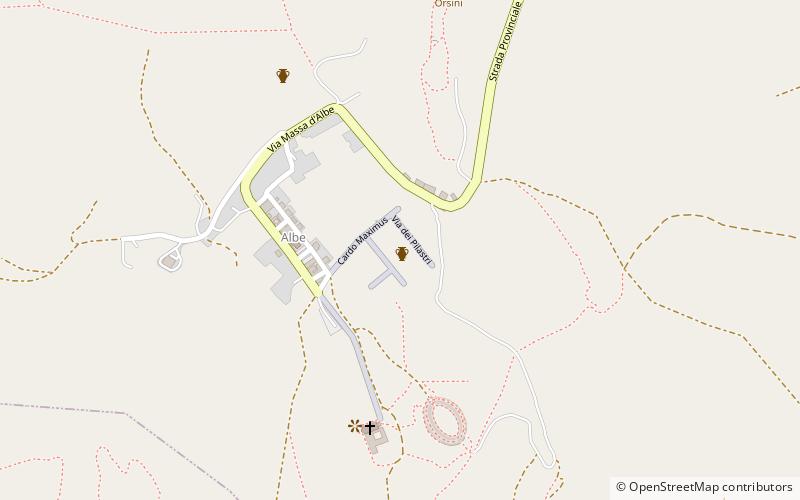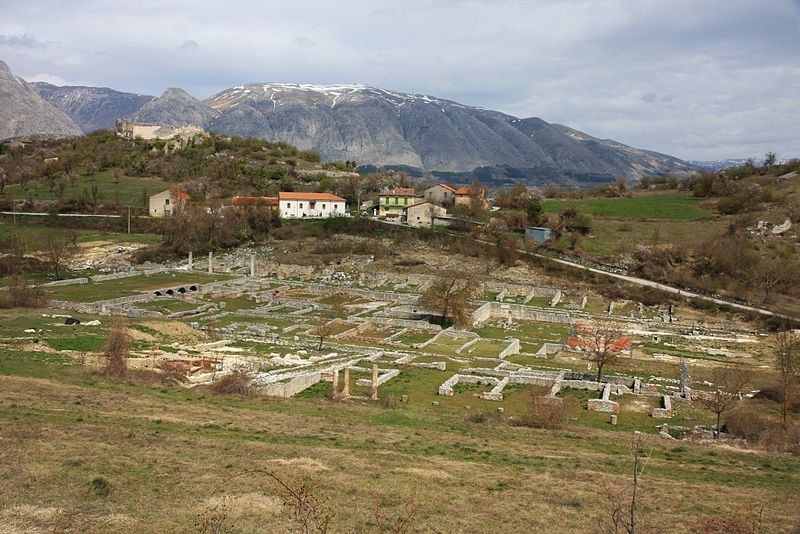Alba Fucens


Facts and practical information
Nestled amid the rugged beauty of the Abruzzo region in Italy, Alba Fucens presents a remarkable journey through time for history enthusiasts and casual visitors alike. This ancient town, now an archaeological site, was once a strategic Roman stronghold established in the 4th century BCE. Today, it stands as an open-air museum, offering a glimpse into the Roman civilization that once thrived here.
The ruins of Alba Fucens are impressively preserved, allowing visitors to walk along the same paths where Roman soldiers, merchants, and citizens once tread. The site is renowned for its well-preserved amphitheater, capable of seating thousands of spectators in its heyday. Here, one can almost hear the echoes of the crowd as they reveled in the entertainment of gladiatorial combats and public spectacles.
Beyond the amphitheater, the remains of temples, baths, and houses paint a vivid picture of daily life in ancient Rome. Notable is the impressive grid of streets that reflects the highly organized urban planning characteristic of Roman towns. The remnants of defensive walls and gates underscore the town's military significance, standing sentinel even as centuries have passed.
Alba Fucens' position at the foot of the Monte Velino adds a dramatic backdrop to the archaeological treasures. The surrounding landscape is a testament to the natural beauty that has watched over the area for millennia, providing a serene contrast to the historical gravitas of the ruins.
Visitors to the museum can partake in guided tours that offer insights into the history and significance of the site. The artifacts unearthed during excavations, including pottery, coins, and tools, are carefully curated to give a tangible connection to the past. These relics tell the tales of commerce, culture, and the everyday lives of the people who once called Alba Fucens home.
Alba Fucens – popular in the area (distance from the attraction)
Nearby attractions include: Chiesa di Santa Maria in Valle Porclaneta, Orsini-Colonna Castle, Avezzano Cathedral, Santa Maria della Vittoria.











